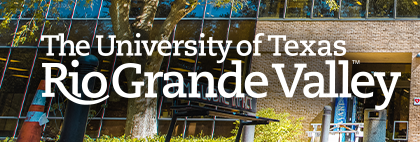Document Type
Article
Publication Date
3-2017
Abstract
Research indicates that student learning of science, student attitudes toward science, and their motivation to learn science and pursue science-related careers is related to classroom instruction. This study examined anatomy and physiology (A&P) classes in a south Texas high school where 97 percent of students are Hispanic bilingual learners. Classes were assigned to control or treatment groups, with the treatment group receiving instruction designed to help students develop a deeper understanding of anatomy vocabulary related to brain structures by making connections to these words in everyday life as well as to their understanding of Spanish. Main effects between group and test scores were significant, with the control group reporting higher test scores than the treatment group. We attribute this finding to a bleed-over of the treatment group instructional design to the control group. In addition, significant differences in mean and median scores were observed with respect to intrinsic motivation and self-efficacy. The statistically significant increases in learning for both groups suggests the activity-, problem-, and project-based (APB) curriculum has the potential to be an effective type of instruction, especially for bilingual learners.
Recommended Citation
Chapman, A. M., Ward, H. C., Tiwari, A., Weimer, A., Duran, J. B., Guerra, F., & Sale, P. (2017). The Role of Language in Anatomy and Physiology Instruction. The American Biology Teacher, 79(3), 184–190. https://doi.org/10.1525/abt.2017.79.3.184
Publication Title
American Biology Teacher
DOI
10.1525/abt.2017.79.3.184


Comments
© 2017, National Association of Biology Teachers. Original published version available at https://doi.org/10.1525/abt.2017.79.3.184.